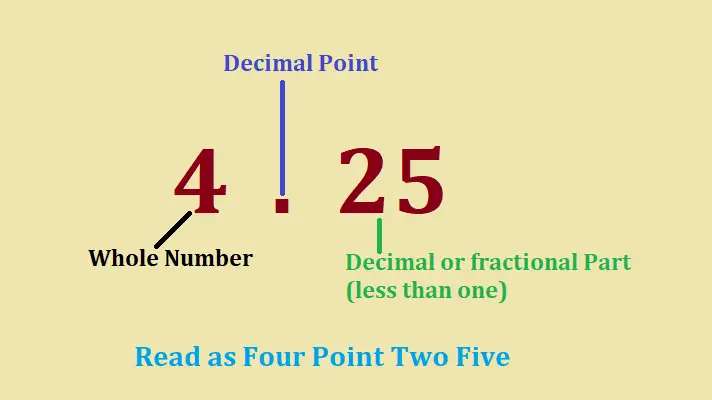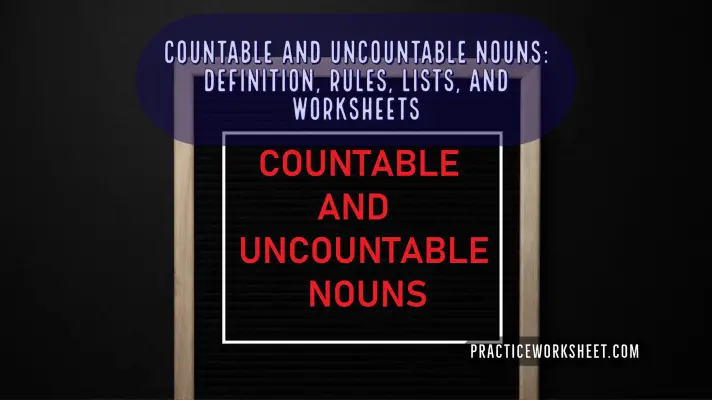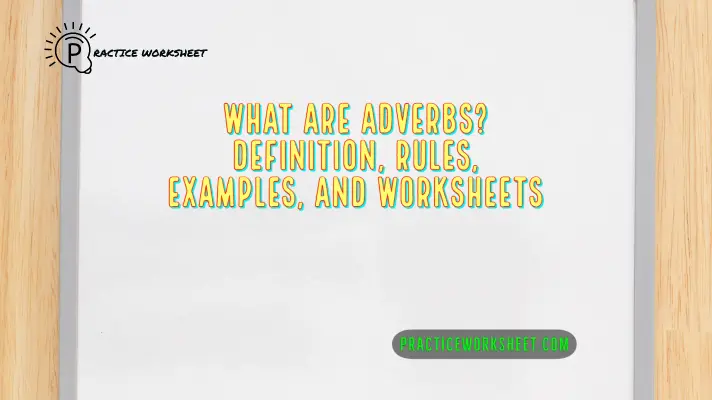A demonstrative pronoun is a pronoun that is used to indicate specific people or things within a sentence. These pronouns can point to items in space or time and indicate if they are singular or plural. Demonstrative pronouns replace nouns or noun phrases in a senetence and are normally used to refer to previously mentioned nouns, topics, or ideas. They are widely used in both spoken and written english.
List of Demonstrative Pronouns
In the English grammar, there are only seven demonstrative pronouns. Those are
- This (singular)
- These (plural)
- That (singular)
- Those (plural)
- Such (singular or plural)
- None (singular or plural)
- Neither (always singular)
Functions of Demonstrative Pronouns
This, that, those, and these are the most common four demonstrative pronouns frequently used in the English language. Their functions are explained below:
- This: This denotes something that is nearby to the speaker and it is singular.
- That: That is used to denote something that is far (not near) from the speaker and it is singular.
- These: These is used to point to something that is nearby to the speaker and it is plural.
- Those: Those denotes something that is far (not near) from the speaker and it is plural.
None, such, and neither are less common as demonstrative pronoun usage. Neither is always singular. However, Such and None can be used as both singular or plural.
Examples of Demonstrative Pronouns
Reviewing some of the examples will provide more clarity on the use of demonstrative pronouns and its function in language. Refer to the following sentences where the demonstrative pronoun is highlighted by making it bold:
- Pass me that book. (singular, not near)
- I am really sorry that I forgot to bring those. (plural, not near)
- These notes will help to clear your confusion. (plural, near)
- This pen belongs to Kapil. (singular, near)
- None of this answer is correct. (singular)
- None of them have the courage to highlight the fault. (plural)
- Neither of the balls are good for playing (singular)
- Such was her command over music. (singular)
- Such are the rules. (plural)
Difference between Demonstrative Pronoun and Demonstrative Adjective
Some of the demonstrative pronouns are also used as demonstrative adjective. However, their usage in sentence structure is different.
A demonstrative pronoun replaces the noun or noun phrase that has already been specified whereas a demonstrative adjective modifies the noun in the sentence and is always followed by the noun.
The following examples will clarify the above:
In the sentence, “That is one of my favorites”, the word that acts as a demonstrative pronoun. But in the sentence “That movie is among one of my favorites” the word that precedes the noun movie and functioning as a demonstrative adjective. Some other examples are:
- “Ruma wanted to try these.” (demonstrative pronoun)
- “Ruma wanted to try these recipes.” (demonstrative adjective)
- “Is this yours?” (demonstrative pronoun)
- “Is this pen yours?” (demonstrative adjective)
Demonstrative Pronouns Worksheets
Now is the time solve some demonstrative pronoun worksheets and exercises.
Q1. Choose the correct demonstrative pronouns to complete the sentence.
- (This/These/Those/Such) is such an interesting place.
- Are (that/this/those/such) your books?
- (Such/Neither/This/those) of them had played the game before.
- Can you give me one of (those/this/that/none) books?
- Take (this/these/none/that) medicines tonight.
- Everything is unclear. (Neither/None/Such/These) is the reality of relationships.
- I really love (this/these/none/those) song.
- (That/Those/These/Such) was so cool.
Q2. In each of the following sentences underline the demonstrative pronouns and state if that is singular or plural
- That is the tallest building I ever saw.
- These sweets are delicious.
- How could you do this to me?
- Have you solved those sums?
- You must select one from these choices.
- Who baked this cake?
- Such is the way he follows.
- These is none left to distribute.
- You can easily forget those if don’t write it down.
- Give me that red pen.

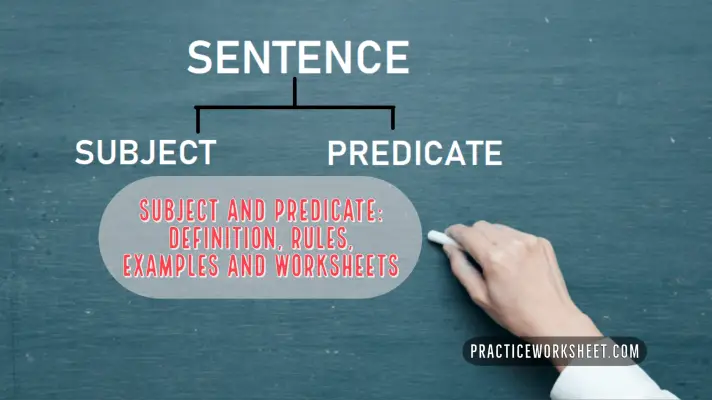
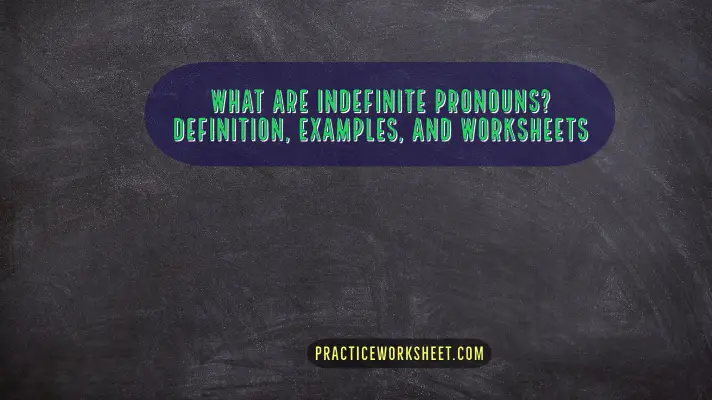
![Singular and Plural Nouns: Definition, Rules, Examples, and Worksheets [With PDF] Singular and Plural Nouns](https://practiceworksheet.com/wp-content/uploads/2020/11/Singular-and-Plural-Nouns.png)
